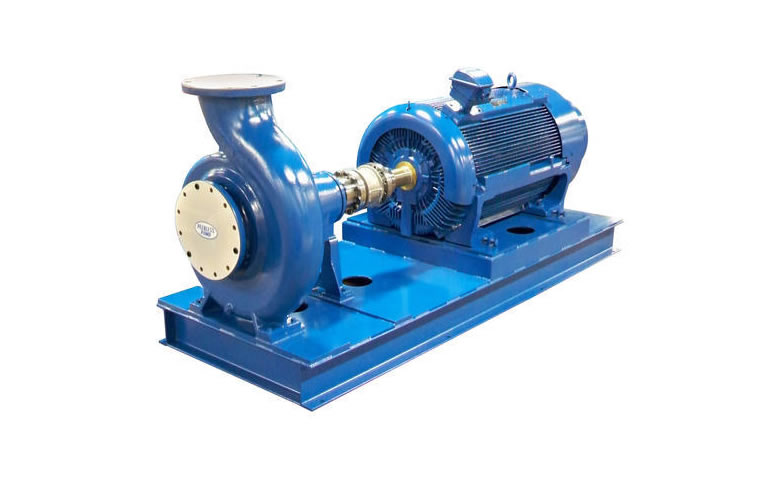Self-priming pumps are a particular kind of liquid pump designed to keep the necessary liquid inside the pump body to start the pumping process. To understand more about this pump, first, we need to know what self-priming is.
If a pump is situated underneath the level of the liquid to be pumped, gravity and pressure guarantee that it is continually loaded up with the liquid and there can be no entrance of air into the pump or suction line.
In many applications, a pump must be put over the level of the liquid like when emptying the underground tank. In the beginning, there will be air in the suction line and before the pump can release the liquid, this air should be cleared or displaced. Pumps are optimized to move a specific liquid; however, emptying a gas can be challenging.
Different techniques can be employed to get around this issue. An optional pump can be used to empty the suction line. A non-return (foot) valve or evacuation tank can be used to prevent liquid draining from the suction line when the pump is halted. But these solutions include additional hardware, piping and process. Preferably, for these applications, a pump is required that can empty air from the suction side in the beginning before initiating its normal pumping mode. Such a pump is called self-priming.
Self-priming pumps are used to perform a tasks like:
- Moving items through process lines
- Pumping CIP (clean-in-place) liquids to clean and disinfect lines and segments
- Moving fluids from one storage vessel to another
- Emptying tanks and drums
- Positive displacement pumps
On a fundamental level, all positive displacement pumps are self-priming. Specifically, this incorporates rotary gear pumps (interior and outer), lobe pumps, vane pumps and diaphragm pumps. A typical element of all positive displacement pumps is the use of close-resistance parts to forestall liquid getting back from the discharge to the suction side.
But there are some risks involved in the failure of the pump. Thus, it is important to refer to the industrial pump manufacturers before using a positive displacement pump in an application where it must self-prime. - Centrifugal pumps
With centrifugal pumps, the pumping activity is created by the exchange of rotational energy from the impeller to the liquid. There are no seals between the suction and release sides of the pump. This implies that centrifugal pumps are ineffective with gases and are not fit for emptying air from a suction line when the liquid level is beneath the impeller.
In such cases, the pump is supposed to be air-bound, and there is a threat of overheating: for the most part, pumps are dependent on the pumped liquid to grease up and cool the pump's course. However, with a couple of modifications to the basic design, a centrifugal pump can act self-priming.
How does a self-priming pump work?
- Can handle a variety of liquids
- Ideal from intermittent and frequent pumping operations
- Self-priming pumps will continue to pump liquids even after the pump is no longer submerged in a liquid tank or vessel
- Work well with slurries, corrosive liquids and suspended solids
- The discharge line must not be pressurized or blocked while using a pump
- The suction line must be air-tight; otherwise, it will work effectively
- The volume of the suction-side pipework is minimized to reduce the priming time
- In the case of centrifugal pumps, anything that affects the efficiency of the impeller will limit the self-priming ability









Social Profile